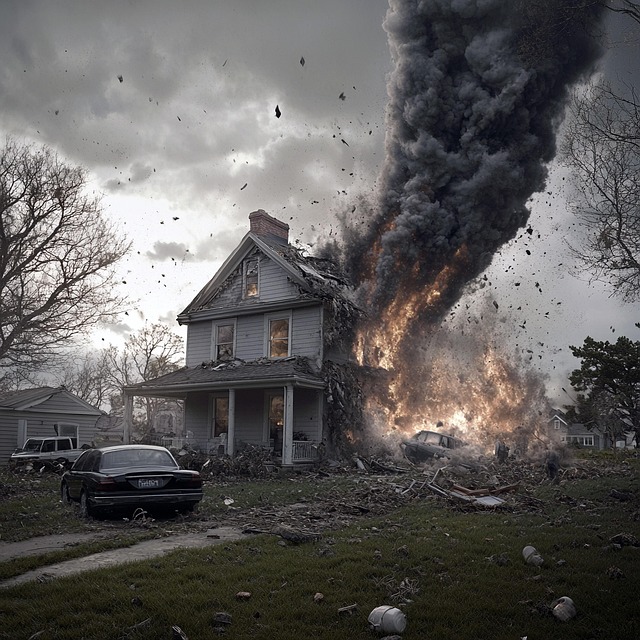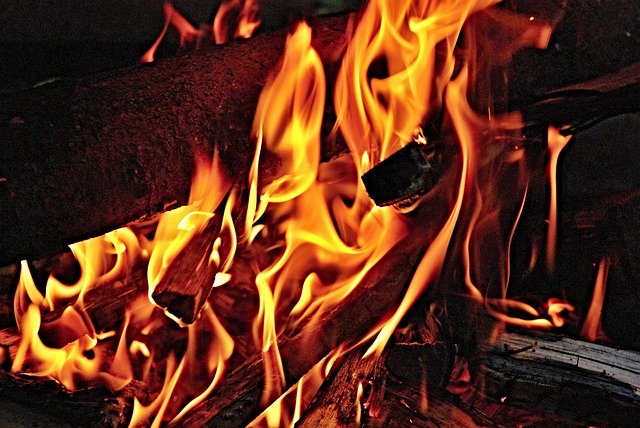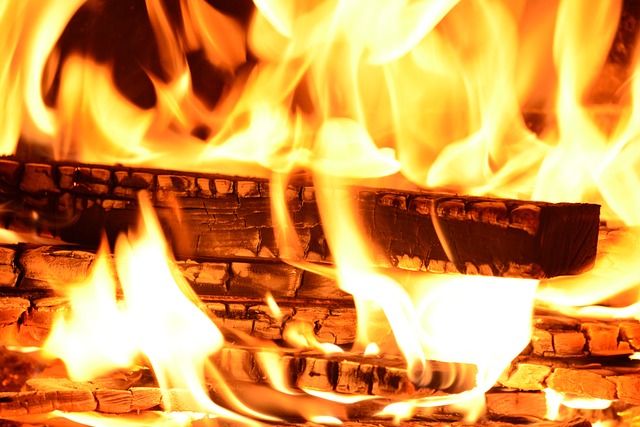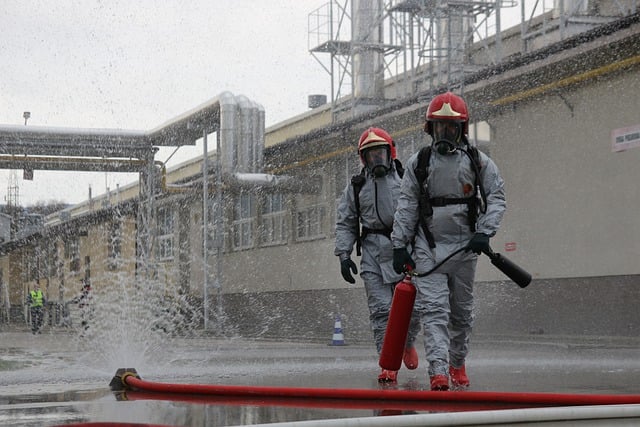Selling a house with fire damage in California requires careful navigation through legal disclosures, assessment methods, reconstruction options, marketing strategies, and community support. Key steps include accurate assessments, understanding legal obligations, choosing between repair or reconstruction, strategic marketing, and addressing safety concerns to successfully transition the property in California's competitive real estate market. Using SEO keywords like "selling a house with fire damage California" enhances visibility to potential buyers.
Fire-damaged property buyers face unique challenges in California’s real estate market. This comprehensive guide navigates the complexities of buying and selling homes affected by fires, covering everything from understanding fire damage assessments and legal considerations to marketing strategies and post-sale rebuilding efforts. If you’re considering purchasing or selling a house with fire damage in California, this article provides essential insights to help you make informed decisions. Learn about repair vs. reconstruction costs, insurance coverage options, and how to find buyers for your fire-affected residence.
- Understanding Fire Damage Assessments in California Real Estate
- Legal Considerations for Selling Fire-Damaged Properties
- Repair vs. Reconstruction: Cost Implications and Insurance Coverage
- Marketing and Staging a House with Fire Damage History
- Finding the Right Buyers for Your Fire-Affected Residence
- Post-Sale: Rebuilding and Supporting Local Communities After a Fire
Understanding Fire Damage Assessments in California Real Estate

When considering selling a house with fire damage California, understanding the intricacies of fire damage assessments is crucial. These assessments play a vital role in determining the extent of repairs needed and, consequently, the property’s value post-restoration. In California, real estate agents and appraisers employ specialized methods to evaluate fire damage, factoring in elements like smoke and water intrusion, structural integrity, and the age of the home. They meticulously inspect each room, documenting any affected areas, from walls and ceilings to electrical systems and plumbing.
This comprehensive assessment helps buyers gauge the scope of repairs required, ensuring they make informed decisions. For sellers, it provides a clear picture of potential costs and benefits, enabling them to either undertake repairs themselves or negotiate with interested parties. Fire damage assessments in California real estate are designed to foster transparency, benefiting both buyers and sellers in navigating this complex process effectively.
Legal Considerations for Selling Fire-Damaged Properties

When it comes to selling a house with fire damage in California, legal considerations are paramount for both buyers and sellers. The state has strict regulations regarding disclosure and repair requirements for properties that have sustained structural damage, including fires. Sellers must disclose any known issues to potential buyers, providing detailed reports on the extent of the damage and the repairs needed. This transparency is crucial to avoiding future legal disputes and ensuring fair transactions.
California law also mandates specific procedures for selling fire-damaged properties. For instance, sellers might need to obtain permits for repair work and comply with local building codes. Additionally, buyers should be aware of their rights and options, such as negotiating repairs as part of the sales agreement or opting for a reduced purchase price based on the damage. Understanding these legal aspects is essential for both parties to navigate the process smoothly and protect their interests.
Repair vs. Reconstruction: Cost Implications and Insurance Coverage

When facing fire-damaged property in California, homeowners have two primary options: repair or reconstruction. Repair involves restoring the property to its pre-loss condition, focusing on fixing visible fire damage and replacing affected items like drywall, flooring, and furnishings. This process can be more cost-effective, especially for minor fires that didn’t extensively affect the structure. However, repairs may not always return the home to its original value, which can impact reselling prospects in a competitive California real estate market.
In contrast, reconstruction involves building back better by redesigning and rebuilding the entire house or significant sections of it. While more expensive initially, reconstruction allows homeowners to customize their space, incorporate modern safety features, and potentially increase property value. Insurance coverage for fire damage varies based on policies and specific circumstances, so understanding the scope of your insurance benefit is crucial before making a decision. Selling a house with fire damage in California requires careful consideration of these factors to ensure a successful transition.
Marketing and Staging a House with Fire Damage History

When marketing and staging a house with fire damage history in California, it’s essential to approach the process with care and transparency. Potential buyers are often sensitive to such past events, so addressing the issue head-on can be beneficial. Start by highlighting any repairs or renovations that have been undertaken to restore the property to its original state. Professional restoration services can significantly enhance the curb appeal and overall impression of the home, making it more attractive to a wider range of buyers.
The staging process plays a crucial role in this scenario. Consider using neutral decor and furniture to create a fresh, inviting atmosphere. Emphasize the current amenities and features of the house while subtly alluding to its resilience. For instance, showcasing a well-lit and spacious living area with modern fixtures can convey comfort and safety. Remember, open communication about the fire damage history and the steps taken to prevent any future issues will build trust with potential buyers, setting the stage for a successful sale in the California real estate market.
Finding the Right Buyers for Your Fire-Affected Residence

When it comes to selling a house with fire damage in California, finding the right buyers is crucial. The first step is to accurately assess the extent of the damage and understand the potential costs for repairs. This information should be transparently communicated to prospective buyers to ensure they’re making an informed decision. Many insurance companies offer guidelines on repairing fire-damaged properties, which can serve as a reference point for both sellers and buyers.
In California’s real estate market, there’s a diverse range of buyers, from those seeking affordable housing opportunities to investors looking for renovation projects. For a fire-affected residence, it’s essential to target buyers who appreciate the potential value after repairs or those who specialize in rehabilitating properties. Marketing the property effectively through specialized real estate channels and online listings dedicated to fire-damaged homes can attract these specific buyers.
Post-Sale: Rebuilding and Supporting Local Communities After a Fire

After purchasing a fire-damaged property in California, rebuilding becomes a priority to transform the space into a safe and habitable home. The process involves meticulous restoration work, from structural repairs to replacing belongings lost in the fire. Many homeowners seek professional assistance for comprehensive renovation, ensuring every aspect meets safety standards. This phase is crucial in preparing the house for sale, as addressing fire damage is essential for potential buyers who value a secure living environment.
Supporting local communities during and after the rebuilding process is a meaningful gesture. California has numerous organizations dedicated to assisting homeowners affected by fires, offering resources, and providing aid. Engaging with these groups can facilitate a smoother transition for both buyers and sellers. Rebuilding efforts contribute to the broader community’s resilience, fostering a sense of unity as residents work together to restore their homes and neighborhoods.
When considering selling a house with fire damage in California, understanding the legal framework, assessing repair versus reconstruction options, effectively marketing your property, and attracting the right buyers are crucial steps. This comprehensive guide equips homeowners with knowledge to navigate the unique challenges of selling fire-damaged properties while exploring post-sale opportunities to support local communities. Remember that, in light of these considerations, you can transform a challenging situation into a positive force for rebuilding and healing.






